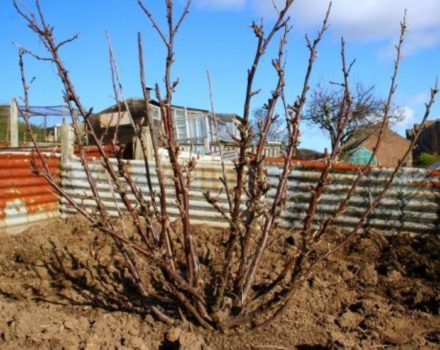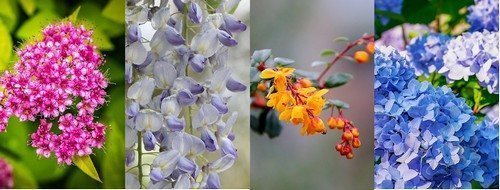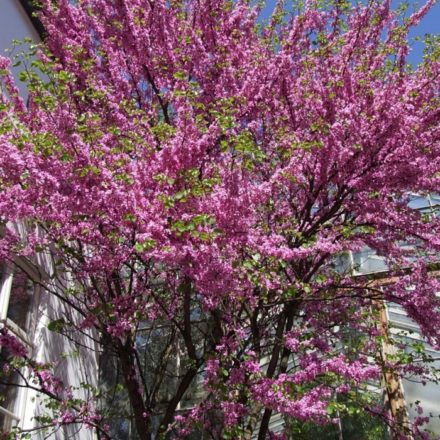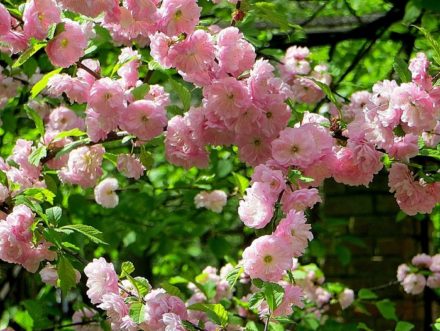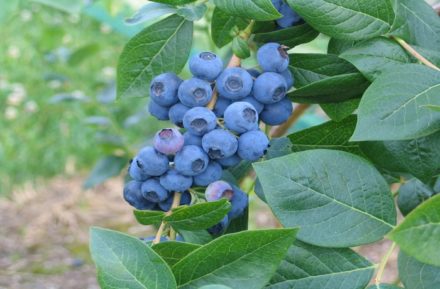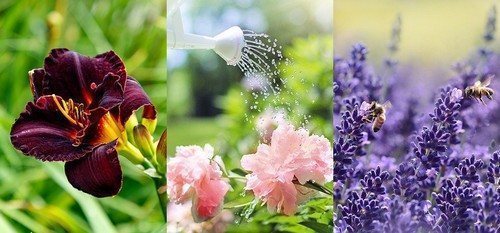Every year the assortment of fruits and berries becomes more diverse due to the crossing of plants of different species. New hybrids are more fertile, resistant to frost and disease, and the fruits are larger and tastier than their ancestors.
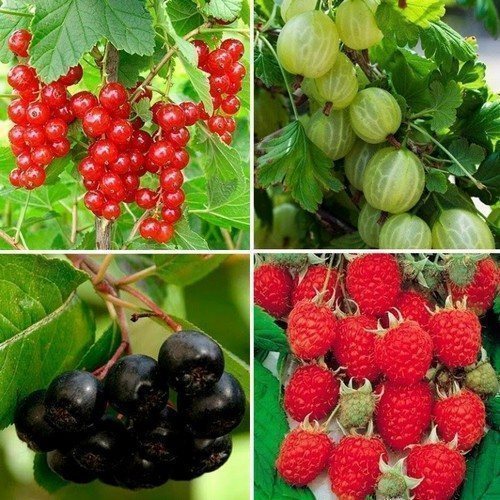
Ezhemalina
In the late 80s, Californian arbiter James Logan selected this berry from raspberries and blackberries. Over the past 70 years, it has spread to the warm regions of Russia.
This is a perennial shrub up to 3 meters in length with flexible branches and small thorns. Grows on the sunny side in soil with good aeration, fertilized with an ash solution, at a height of 3 meters from groundwater. In the 20th of June, light pink flowers form on the branches in the shape of brushes, and in August the fruits ripen on the same dates.
Hybrid berries are elongated, juicy, sweet and sour. Color - from bright red to dark blue.
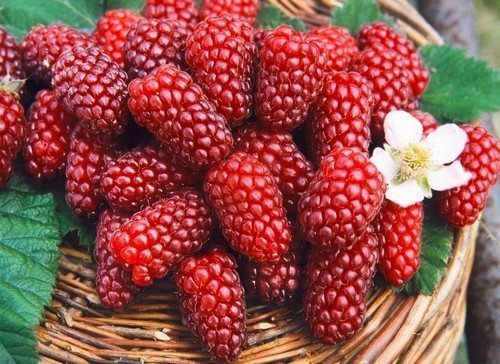
limequat
This is a citrus hybrid formed in 1909 by cross-pollination of lime and kumquat.
An evergreen shrub up to 2.5 meters in length, densely branched, with abundant, fleshy bright green foliage.
Grows in soil with moderate acidity and humidity in a well-lit place, in a temperature range of +30 - +5 °C. Humus and wood ash are suitable as fertilizers, and boiled river sand is added to the soil to conserve moisture, heat and improve ventilation.
The fruits are oblong-shaped and berry-like, about 4.5 cm long.The peel is thin, yellow-green-orange in color. The pulp is juicy, sweet with bitterness, from 5-6 cloves, with seeds.
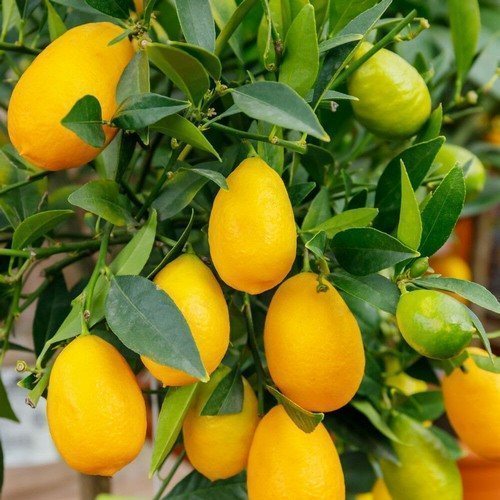
Yoshta
This hybrid was bred in 1970 by crossing black currants and gooseberries.
A thornless shrub of 20-25 massive and spreading branches, with dark green leaves and meter-long shoots. The roots spread to a depth of 40 cm. Lives and bears fruit for up to 30 years. They should be planted in an open, unshaded area in loose, moist soil. To protect the shrub from diseases and improve fruiting, it is also necessary to add potassium sulfate, compost and manure to the soil.
The berries are black-violet in color, with a hard skin and a sour-nutmeg taste.
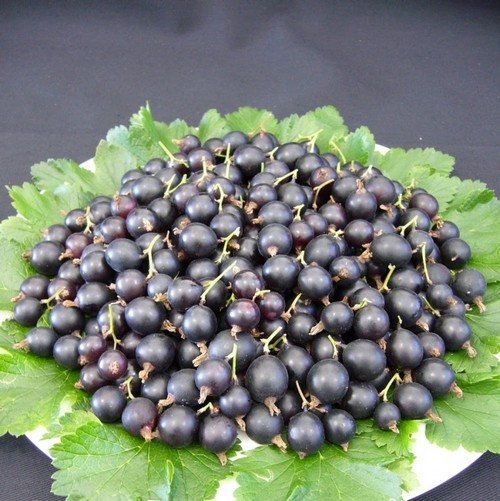
Blueberry Northblue
A hybrid of highbush and narrow-leaved blueberries, obtained in 1973 in the USA.
A shrub with lush foliage, up to 1 m long, with branched roots that do not extend beyond the top layer of soil. The plant can withstand frost down to -35 °C and drought for up to 4 days. The soil environment should be acidic, pH in the range of 3.8-5. The flowers are milky in color and look like lilies of the valley.
The berries are large, dark blue; The pulp is dense, moderately sweet.
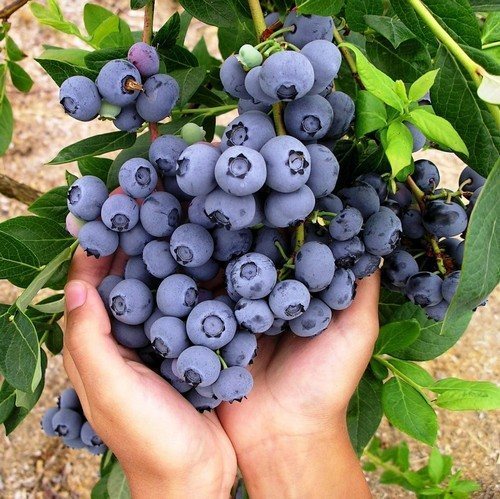
All of these hybrids contain useful substances such as:
- ascorbic acid - increases the body’s strength and hemoglobin in the blood during epidemics and increased stress;
- nicotinic acid - prevents cholesterol from damaging the blood vessels of the heart and brain;
- tocopherol - protects all cells of the body from the destructive effects of food toxins, exhaust gases, and household chemicals;
- vitamin K - necessary to prevent bleeding;
- rutin - normalizes blood pressure, stabilizes the walls of blood vessels;
- molybdenum - participates in the absorption of iron and the formation of hemoglobin;
- anthocyanins are vital for atherosclerosis, oncology, inflammation, and vision impairment.
To get all the beneficial substances in full, the fruits must be consumed fresh. They will decorate any cheesecake or sponge cake and complement the sour taste of ice cream. Limequat zest can be added to tea, and the juice can be used to season vegetable and fruit salads. The listed hybrids are especially useful for diabetes mellitus, but not more than 200 grams per day and in the morning.


